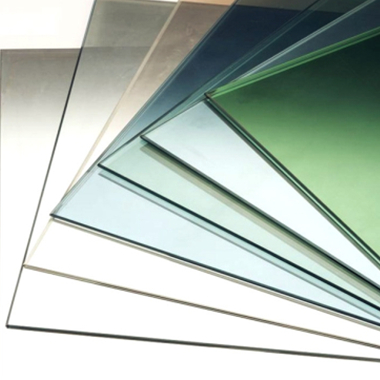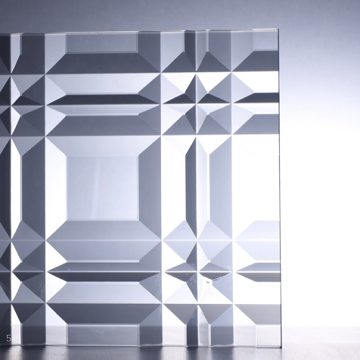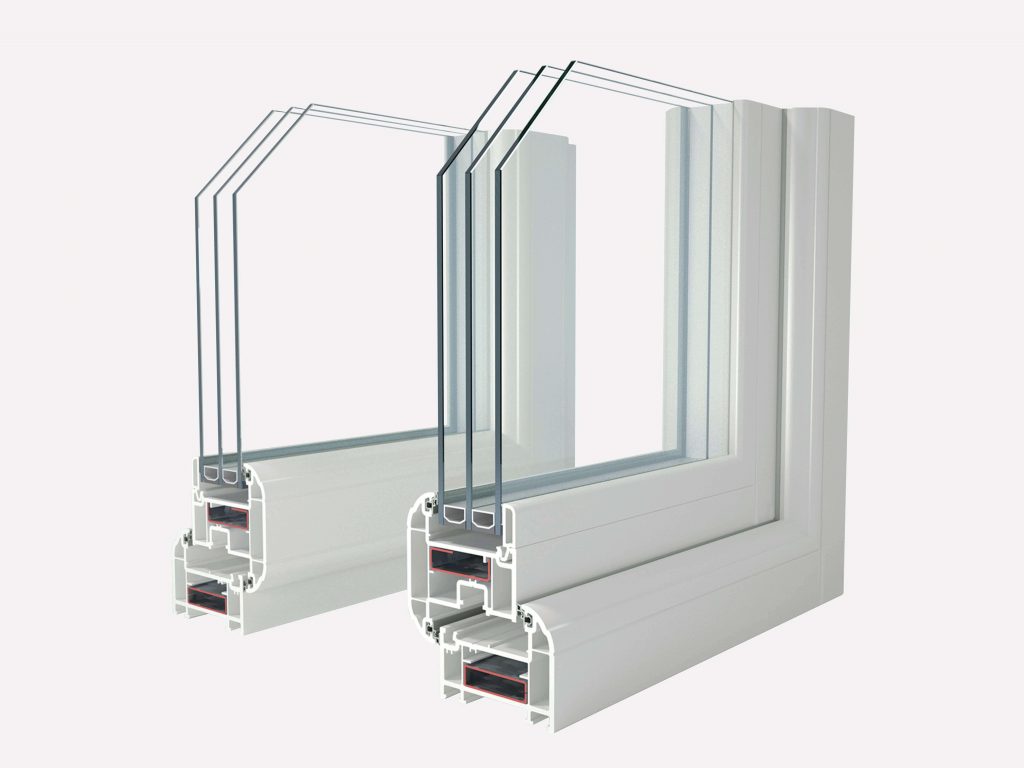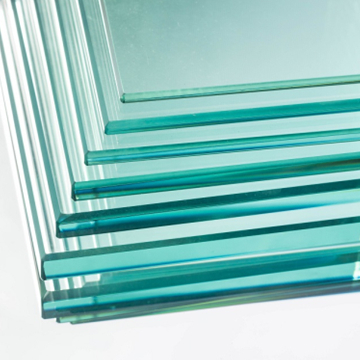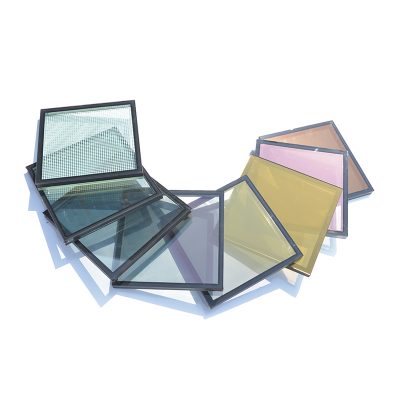All materials absorb, reflect, and admit a certain amount of radiant energy, although this varies. A low thermal efficiency coating – or low-e for short – only allows a low a small amount through. For example, the thermal emissivity of polished silver is 0.02, while smooth, un-coated glass scores 0.91. Thin film low-e coatings on glass window panes improve the thermal performance of glass in that regard.
There Are Two Types of Low-E Coatings – Which Is Best?
There are two broad types of low-e coatings for glass the industry refers to as soft and hard coats. Both methods deposit a thin, transparent layer of silver or tin oxide on the surface. This blocks long wave heat radiation. However at the same time it lets short-wave sunlight shine through.
The two coatings are not equally effective in terms of glazing durability and performance. Let’s dig a little deeper to find out why.
Applying a Soft Coating Using the Spluttering Method
“Spluttering’ glass means bombarding the surface with tiny particles in a sense like spray painting. This is the commonest method of applying low-e coatings, in this case to glass after manufacturing.
Spluttering provides a greater level of low-emissivity compared to hard-coat glazing. However, on the downside the resultant layer is quite delicate, and must be within the window envelope to prevent scratching.
How the Hard-Coat Method of Low-E Coatings Works
In this instance the low-e coating is incorporated into the glass during the manufacturing proves. This inserts a thin, but durable layer of tin oxide within the glazing sheet.
There is no possibility of damage or scratching without breaking the glass itself. Hence this method is ideal for single-glazed windows, storm doors etc. However there is a catch. The emissivity is not as low as soft coated glass in double glazed windows.
How the Placement of Coated Glass Affects Its Performance
In warm to hot climates it makes sense to position the e-coated surface on the inner face of the outer sheet of glass to keep solar heat away from the inside of the building.
The opposite logic applies in colder climate. There, we need our low-e coatings on the outer face of the inner pane of glass to keep the warmth from our heating inside the house.
You can call Wallkingdon Glass at +86 966547708135 for top-rate advice on the best type of low-e coating for your home. You are welcome to email us at any time if this is more convenient. We are committed to providing five star service, every time you call.


